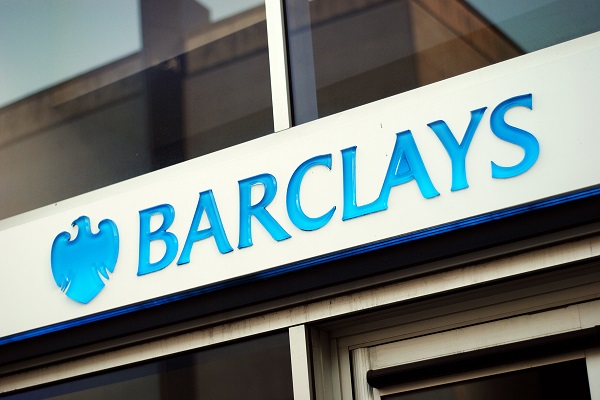Barclays sets bar high with these Q3 results
21st October 2021 08:11
by Richard Hunter from interactive investor
Its shares have been a massive success recently, trading at a three-year high, and Barclays continues to reap the benefits of its diversified model.

Barclays (LSE:BARC) has again set the bar high for its peers to follow, even if there are some niggles within these third-quarter numbers.
Net Interest Income declined by 7% and Net Interest Margin unsurprisingly remains under pressure, coming in at 2.5% compared to 2.6% a year previously.
In the Barclaycard unit, the figures are feeling the effect of reduced borrowing and increased repayment by customers, resulting in an overall drop of 6% in income, while the Fixed Interest unit within the Investment Bank suffered from strong comparatives and lower levels of activity as income fell by 33%. Meanwhile, the cost income ratio remains at 64%, in excess of the bank’s own target of under 60%.
However, for the most part, Barclays continues to reap the benefits of its diversified model, underpinned by a balance sheet which remains in rude health.
The capital cushion, or CET1 ratio, now stands at 15.4%, as compared to 15.1% in the last quarter and 14.6% in the corresponding period last year. The liquidity pool and coverage ratio are far in excess of regulatory requirements, at £293 billion and 161% respectively, enabling the bank to reiterate its commitment to the return of capital by way of share buybacks and dividends. In terms of the latter, a projected yield of around 4% is a far cry from the 9.6% yield pre-pandemic, but is nonetheless another attraction in the current interest rate environment for income-seekers.
- UK bank sector Q3 results preview: Barclays, Lloyds Bank, NatWest, HSBC
- Inflation watch: does slowdown affect interest rate expectations?
- How to prepare your finances for an interest rate rise
- Subscribe to the ii YouTube channel for interviews with popular investors
Meanwhile, strong mortgage volumes reflect the strength of the housing market at present and the mortgage availability which the likes of Barclays provide. There has also been an increase in consumer spending in both the UK and the US as some pent-up demand has been released following the general easing of lockdowns.
Within the Corporate & Investment Bank, a surge in investment banking fees and equity trading propelled the unit to a Return on Tangible Equity of 16.4%, contributing to a group total of 14.9%. Not only is this a significant improvement from the previous year’s return of 3.6%, but is also comfortably above the group target of over 10%.
At the same time, the bank has now released £600 million of impairments in the year to date. At this point in 2020 the figure was a net charge of £4.3 billion, which has turbocharged record pre-tax profit in the year to date of £6.9 billion, and £2 billion in the quarter, both of which are comfortably in excess of market expectations.
- Spectre of inflation is trigger for investors to tweak portfolios
- ii Top Ten: things you need to know about inflation and your money
- Take control of your retirement planning with our award-winning, low-cost Self-Invested Personal Pension (SIPP)
With an upbeat outlook going into the fourth quarter, despite the economic challenges which are currently in evidence, Barclays is set fair to continue its impressive advance. Over the last year the shares are up by 90%, as compared to a gain of 25% for the wider FTSE100, while the market consensus of a "strong buy" reaffirms the bank’s position as the preferred play in the sector.
These articles are provided for information purposes only. Occasionally, an opinion about whether to buy or sell a specific investment may be provided by third parties. The content is not intended to be a personal recommendation to buy or sell any financial instrument or product, or to adopt any investment strategy as it is not provided based on an assessment of your investing knowledge and experience, your financial situation or your investment objectives. The value of your investments, and the income derived from them, may go down as well as up. You may not get back all the money that you invest. The investments referred to in this article may not be suitable for all investors, and if in doubt, an investor should seek advice from a qualified investment adviser.
Full performance can be found on the company or index summary page on the interactive investor website. Simply click on the company's or index name highlighted in the article.